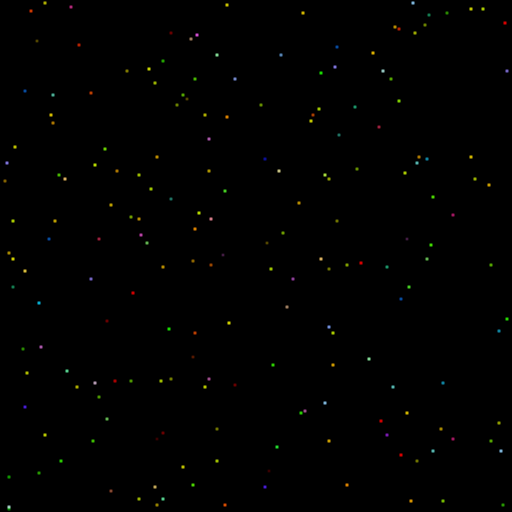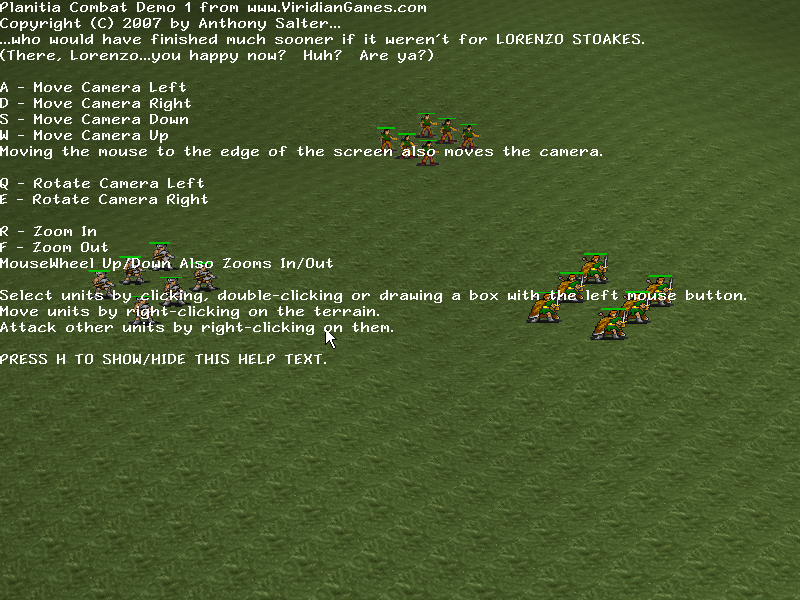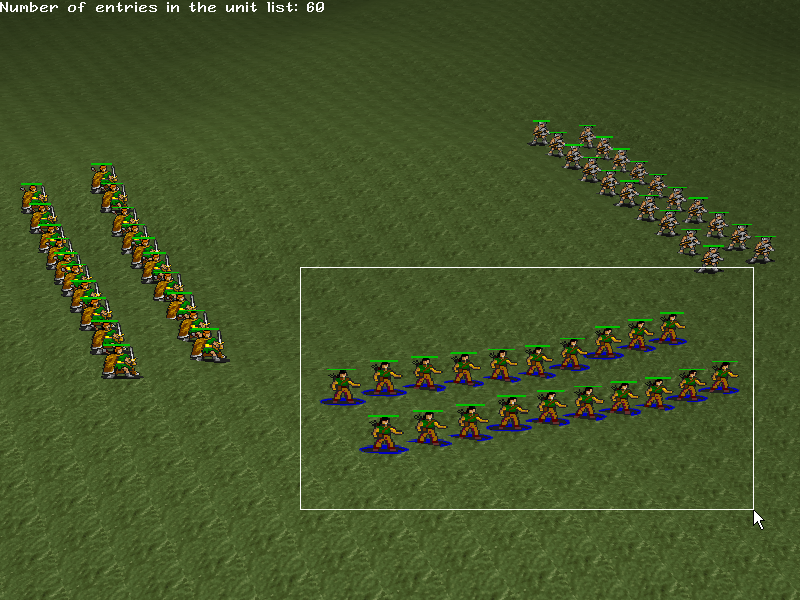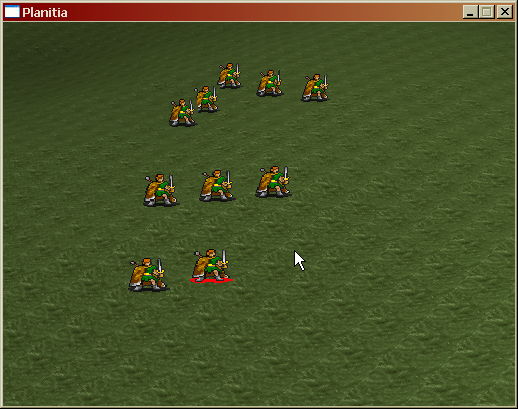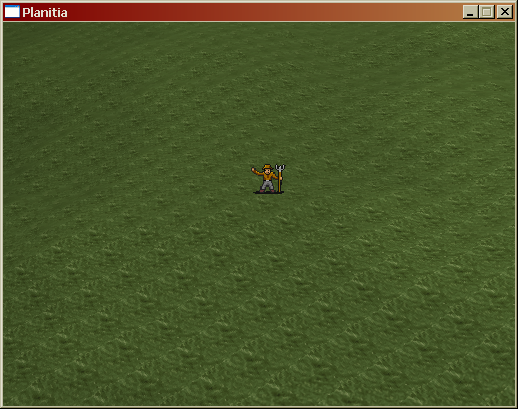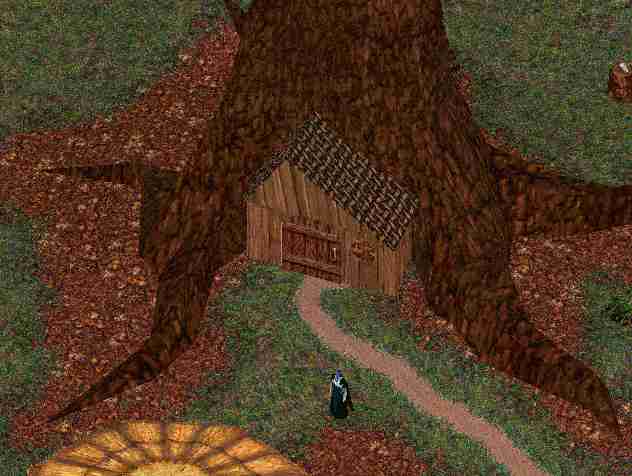2001 was the year I seriously decided to become a game developer.
I’d had aspirations of doing so for almost my entire life, but 2001 was the year my son David was born. That was when I had to face the fact that I probably wasn’t going to be able to support a family of four on game tester money.
Having a family made it simultaneously harder and easier to become a programmer. No, there would be no week-long eat/sleep/code stints for me. But at the same time the knowledge that I needed to do more for my family prompted me to work harder, learn what I needed to know and come out of my shell enough to get the job I wanted.
But I had read voraciously about programmers like John Carmack…prodigies who understood code in a way other people just can’t. I had long felt disheartened because I knew I’d never get to that level and it seemed (from my reading) that it was necessary to do so in order to succeed.
Actually getting a game development job disabused me of a lot of that notion, and subsequently I decided that while I couldn’t be a master at anything, I could at least get a little familiar with everything.
I wrote Inaria because I’d never written an RPG engine. I wrote Planitia because I’d never written a 3D RTS. While neither game makes me an expert, I can now be an asset to a team writing either type of game.
There’s a saying: “The jack of all trades is a master of none.” In that form, it seems to suggest that it’s better to master a single subject than be competent in several. But that’s actually a shortened form of the original saying, which was: “Jack of all trades, master of none, though ofttimes better than master of one.”
Because frankly, how often do you need a master of something?
Carmack sneered at the 3D engine Tim Sweeney wrote for Unreal, but it worked well enough, didn’t it? Well enough to create a multi-million selling series of games that made Epic (and Sweeney) a lot of money.
Indeed, Carmack’s mastery of 3D engine development isn’t standing him in much stead these days. He called his work on Doom 3 “pretty damn boring”. That’s why he’s writing Java games for phones now.
So it seemed to me that I made the right decision.
And now this article from Dilbert creator Scott Adams says the same thing! It gives external validation to something I believe internally, and thus, I like it!

